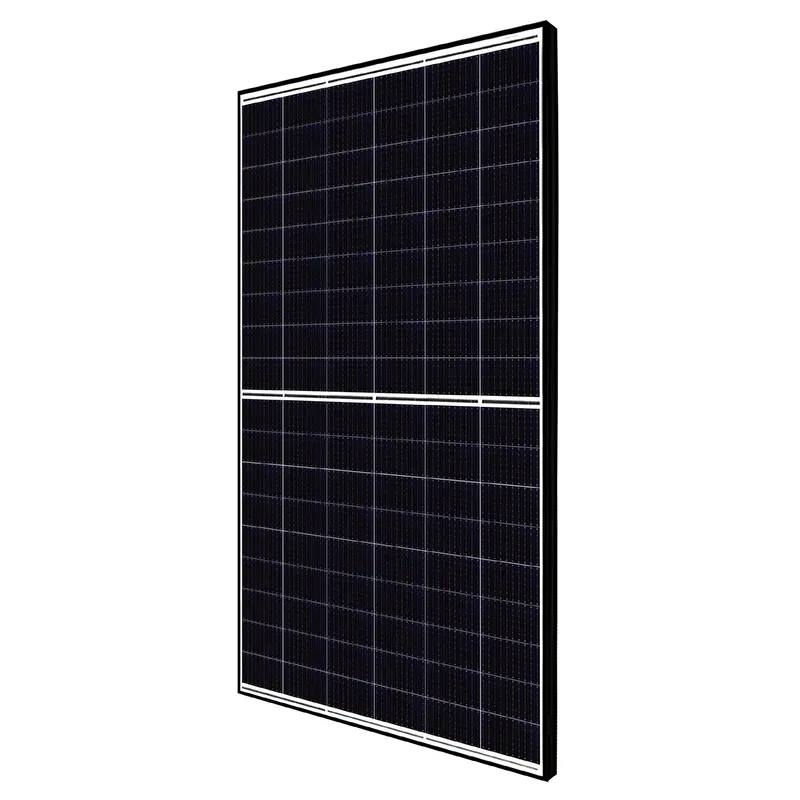solar panel 300 watt size
Understanding the Size and Impact of a 300-Watt Solar Panel
As the world moves towards sustainable energy solutions, solar power has emerged as a popular alternative to fossil fuels. Solar panels have become a common feature on rooftops, in solar farms, and as part of various renewable energy systems. Among the various types of solar panels available, the 300-watt solar panel has gained substantial attention due to its balance of size, efficiency, and output. Understanding the size and implications of a 300-watt solar panel is essential for anyone considering solar energy for their home or business.
What is a 300-Watt Solar Panel?
A 300-watt solar panel is a photovoltaic panel that produces a maximum power output of 300 watts under standard test conditions (STC). This unit of measurement (watts) represents the panel's ability to convert sunlight into electricity. While the wattage gives an idea of the panel's performance, its physical size and efficiency ratings are equally important factors that influence its adoption.
Dimensions and Specifications
The size of a 300-watt solar panel typically falls within the range of 65 to 70 inches in height and approximately 39 to 41 inches in width. The panel's thickness varies but generally remains under two inches. These dimensions make a 300-watt panel relatively easy to install on residential rooftops, which usually have space constraints. Despite the standardization in wattage, the actual dimensions can vary slightly based on the manufacturer and the technology used in the panel's construction—such as monocrystalline or polycrystalline solar cells.
Monocrystalline panels, known for their high efficiency and longevity, are often at the higher end of the price spectrum but can produce more power in smaller areas. Polycrystalline panels, on the other hand, tend to be slightly less efficient but are generally more affordable.
Performance and Efficiency
The efficiency of a 300-watt solar panel usually ranges from 15% to 22%. Higher efficiency panels generate more electricity given the same amount of sunlight, which is an essential factor for installation in areas with limited space. In regions with abundant sunlight, even lower efficiency panels can yield significant energy output over time.
solar panel 300 watt size

The performance of these panels is heavily influenced by factors such as weather conditions, the angle of installation, and geographical location. Solar panels produce the most electricity under direct sunlight; thus, ensuring the panel is positioned correctly is crucial. This may involve installing them at a specific angle to capture the maximum amount of sun throughout the day.
Installation Considerations
When installing a 300-watt solar panel system, several considerations must be taken into account. The total number of panels needed largely depends on the energy consumption of the household or business. For instance, a typical American household consumes about 877 kWh per month, translating to an average daily use of approximately 29 kWh. To meet this demand using 300-watt panels, one would need around 10 to 12 panels, depending on local sunlight conditions and shading from trees or buildings.
Moreover, while the panels themselves are a significant investment, additional costs may include inverter systems, battery storage for off-grid applications, mounting hardware, and installation services. It's advisable to consult with a professional solar installer to get a comprehensive assessment of the potential costs and savings.
Environmental Impact and Benefits
The transition to solar energy, particularly through the installation of 300-watt panels, comes with several environmental benefits. First and foremost, solar energy is renewable and sustainable, contributing to a decrease in carbon emissions and reliance on fossil fuels. Every kilowatt-hour of electricity generated by solar panels reduces the need for electricity derived from polluting sources.
Additionally, many areas offer incentives for solar installations, including tax credits and rebates, reducing the overall financial burden on homeowners and businesses. Over time, the energy savings produced by solar panels can be substantial, leading to a favorable return on investment.
Conclusion
In conclusion, a 300-watt solar panel represents a practical solution for many looking to transition to renewable energy. Its manageable size and efficiency make it suitable for various applications, from residential to commercial installations. As technology advances and more individuals recognize the importance of sustainability, the popularity of solar energy—and specifically, 300-watt panels—is likely to continue to grow. Investing in solar not only helps mitigate the effects of climate change but also paves the way for a greener, more sustainable future.
-
Unlocking Energy Freedom with the Off Grid Solar InverterNewsJun.06,2025
-
Unlock More Solar Power with a High-Efficiency Bifacial Solar PanelNewsJun.06,2025
-
Power Your Future with High-Efficiency Monocrystalline Solar PanelsNewsJun.06,2025
-
Next-Gen Solar Power Starts with Micro Solar InvertersNewsJun.06,2025
-
Harnessing Peak Efficiency with the On Grid Solar InverterNewsJun.06,2025
-
Discover Unmatched Efficiency with the Latest String Solar InverterNewsJun.06,2025







